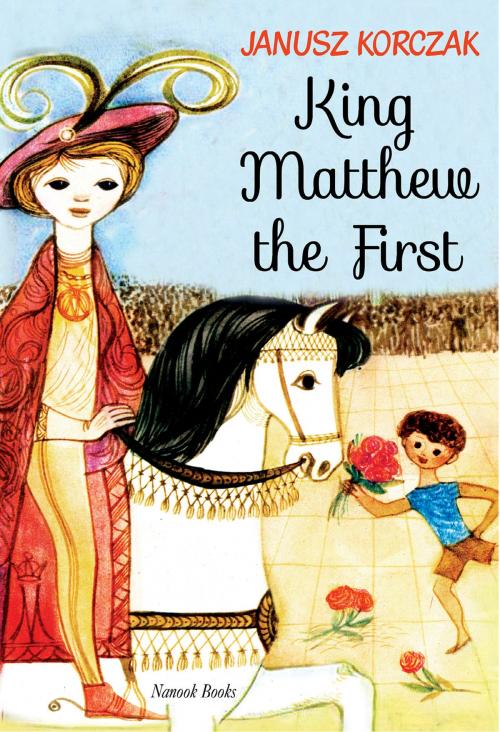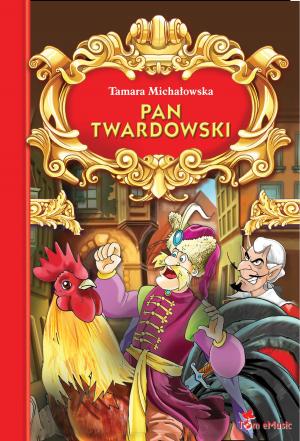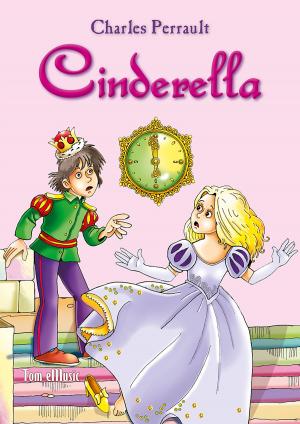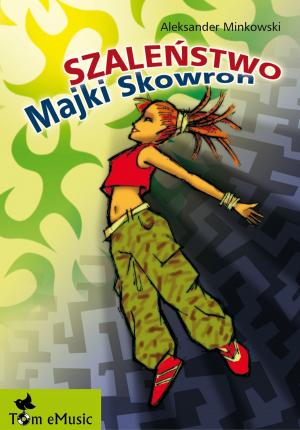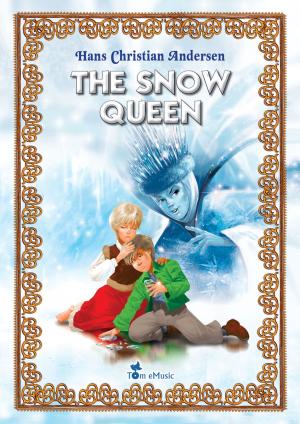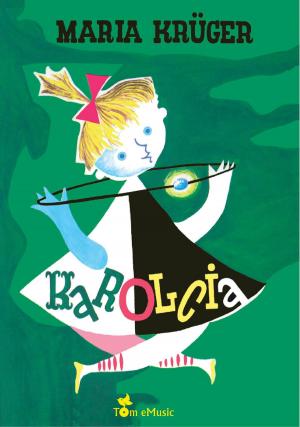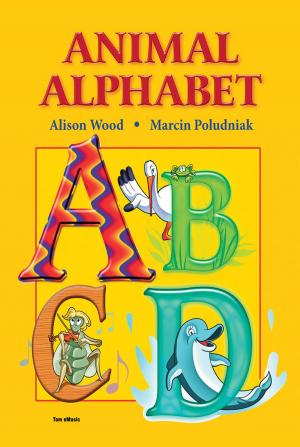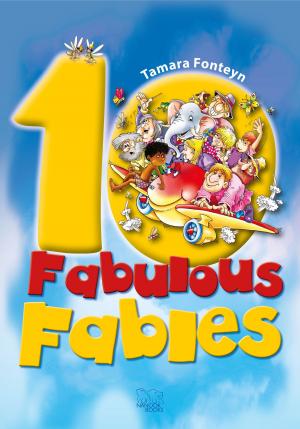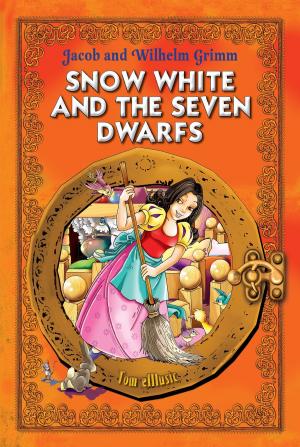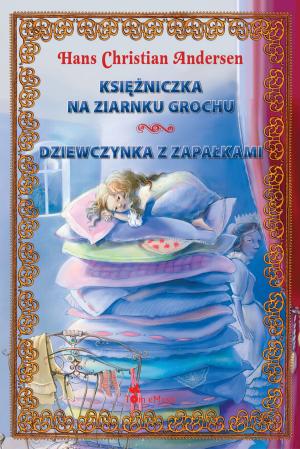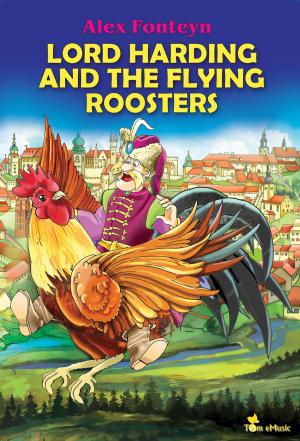| Author: | Janusz Korczak | ISBN: | 9781623211158 |
| Publisher: | Tom eMusic | Publication: | October 15, 2014 |
| Imprint: | Nanook Books | Language: | English |
| Author: | Janusz Korczak |
| ISBN: | 9781623211158 |
| Publisher: | Tom eMusic |
| Publication: | October 15, 2014 |
| Imprint: | Nanook Books |
| Language: | English |
‘King Matthew the First’ is firmly established in the canon of world classics for children.
Written in 1922, this children's novel tells the adventures of a ten-year-old prince who suddenly inherits the throne from his father. At first the boy submits himself to old royal customs and to the influence of the incumbent ministers. However, he soon decides to prove to the world and to himself his independence and courage, reaching out to standards repeatedly set by his heroic ancestry. So, when war breaks out, with his friend Felix, Matthew disguises himself as a common soldier and joins the fight. The life at the front teaches him humility, resolve, emotional self-control, resourcefulness and the price of true friendship. After a triumphant return from the war, Matthew feels that has already acquired enough experience and wisdom to break free from the control of his mentors and advisors and…to govern. He chooses his allies and friends, including King Bum-Drum. In his dream of a fair state, he introduces many bold reforms. Yet, he commits the unfortunate mistake of bringing to life a governing assembly run by adults and children with equal prerogatives. This too far-reaching reform unites his enemies and weakens his country. Foreign powers take advantage of the situation and attack King Matthew’s kingdom. This time, despite a brave defense, Matthew is defeated and judged. He is sentenced to death, but the punishment is mitigated at the last minute and turned into an exile on a desert island.
‘Little King Matthew’ is one of the most famous children's novels in the world. It has been translated into dozens of languages and repeatedly adapted for movies. This limited series edition has been created in memory of the prestigious Polish publication from 1955, which was illustrated by George Srokowski—one of the best Polish graphic artists of the twentieth century.
The author of this Polish novel, Janusz Korczak (the pen name of Henryk Goldszmit, 1878-1942), is a prominent Polish-Jewish writer. He was famous not only for his novels—he was also a pediatrician, educator and social activist. He became famous as a theoretician and practitioner in the field of Education. He was the inventor of an original system of working with children, which was based on partnership, self-governing institutions and procedures, and the promotion of self-education. As a researcher delving in the child’s world, he pioneered the development of educational diagnostic activities and became a precursor of children’s rights.
Janusz Korczak was a co-founder and director of the orphanage for Jewish children in Warsaw (1912-1942) which was moved in 1940 to the Warsaw Ghetto. Until the last moment, he remained with the orphans. He died a martyr’s death in the Treblinka extermination camp.
His final moments were captured in the memoirs of Wladyslaw Szpilman, the famous pianist and composer:
“I believe I accidentally witnessed the final march of Janusz Korczak and his orphans from the Ghetto on August 5 (…). He spent many years of his life with them and now, in their final moments, he didn’t want to leave them alone. He wanted to make this last trip easier for them. He explained to the orphans that they should be happy because they were traveling to the countryside (...). When I met them on Gęsa Street, the children sang as they walked, radiant as a small musician accompanied them, while Korczak carried the two youngest children, who were also smiling as he told them a funny story.”
Irena Sendler, a famous humanitarian who saved some 2,500 children from the Warsaw Ghetto, also shared similar words:
“He was already very ill, but still walked upright, his face like a mask and seemingly calm. He walked at the head of the tragic parade. He held the youngest child by the hand and led a second child with the other.”
‘King Matthew the First’ is firmly established in the canon of world classics for children.
Written in 1922, this children's novel tells the adventures of a ten-year-old prince who suddenly inherits the throne from his father. At first the boy submits himself to old royal customs and to the influence of the incumbent ministers. However, he soon decides to prove to the world and to himself his independence and courage, reaching out to standards repeatedly set by his heroic ancestry. So, when war breaks out, with his friend Felix, Matthew disguises himself as a common soldier and joins the fight. The life at the front teaches him humility, resolve, emotional self-control, resourcefulness and the price of true friendship. After a triumphant return from the war, Matthew feels that has already acquired enough experience and wisdom to break free from the control of his mentors and advisors and…to govern. He chooses his allies and friends, including King Bum-Drum. In his dream of a fair state, he introduces many bold reforms. Yet, he commits the unfortunate mistake of bringing to life a governing assembly run by adults and children with equal prerogatives. This too far-reaching reform unites his enemies and weakens his country. Foreign powers take advantage of the situation and attack King Matthew’s kingdom. This time, despite a brave defense, Matthew is defeated and judged. He is sentenced to death, but the punishment is mitigated at the last minute and turned into an exile on a desert island.
‘Little King Matthew’ is one of the most famous children's novels in the world. It has been translated into dozens of languages and repeatedly adapted for movies. This limited series edition has been created in memory of the prestigious Polish publication from 1955, which was illustrated by George Srokowski—one of the best Polish graphic artists of the twentieth century.
The author of this Polish novel, Janusz Korczak (the pen name of Henryk Goldszmit, 1878-1942), is a prominent Polish-Jewish writer. He was famous not only for his novels—he was also a pediatrician, educator and social activist. He became famous as a theoretician and practitioner in the field of Education. He was the inventor of an original system of working with children, which was based on partnership, self-governing institutions and procedures, and the promotion of self-education. As a researcher delving in the child’s world, he pioneered the development of educational diagnostic activities and became a precursor of children’s rights.
Janusz Korczak was a co-founder and director of the orphanage for Jewish children in Warsaw (1912-1942) which was moved in 1940 to the Warsaw Ghetto. Until the last moment, he remained with the orphans. He died a martyr’s death in the Treblinka extermination camp.
His final moments were captured in the memoirs of Wladyslaw Szpilman, the famous pianist and composer:
“I believe I accidentally witnessed the final march of Janusz Korczak and his orphans from the Ghetto on August 5 (…). He spent many years of his life with them and now, in their final moments, he didn’t want to leave them alone. He wanted to make this last trip easier for them. He explained to the orphans that they should be happy because they were traveling to the countryside (...). When I met them on Gęsa Street, the children sang as they walked, radiant as a small musician accompanied them, while Korczak carried the two youngest children, who were also smiling as he told them a funny story.”
Irena Sendler, a famous humanitarian who saved some 2,500 children from the Warsaw Ghetto, also shared similar words:
“He was already very ill, but still walked upright, his face like a mask and seemingly calm. He walked at the head of the tragic parade. He held the youngest child by the hand and led a second child with the other.”
